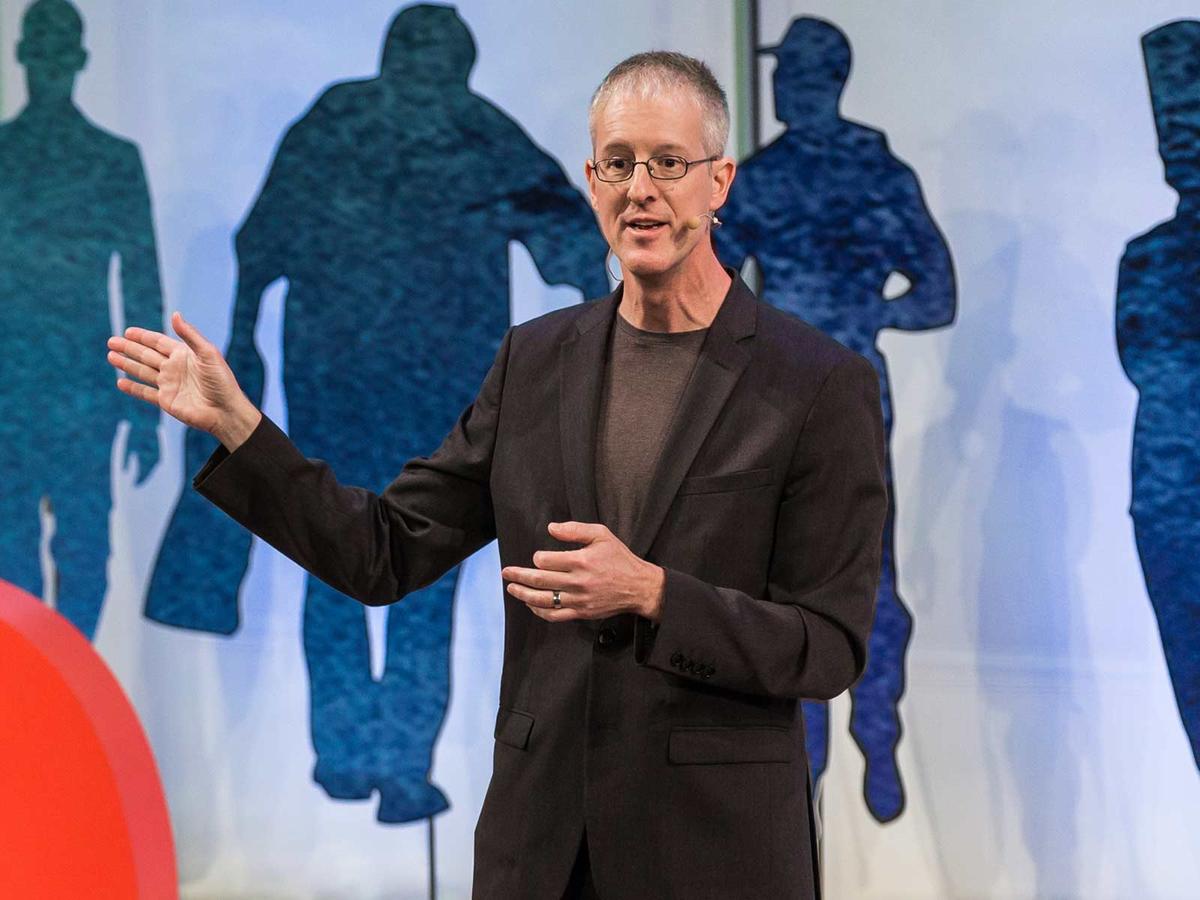TALK
Jeff Speck, TED, October 2013
If you’re going to get them to walk, then you have to offer a walk that’s as good as a drive or better. What does that mean? It means you need to offer four things simultaneously: there needs to be a proper reason to walk, the walk has to be safe and feel safe, the walk has to be comfortable and the walk has to be interesting. You need to do all four of these things simultaneously, and that’s the structure of my talk today, to take you through each of those.
For more from Jeff Speck and his work as an advocate for walkable cities, click here.





